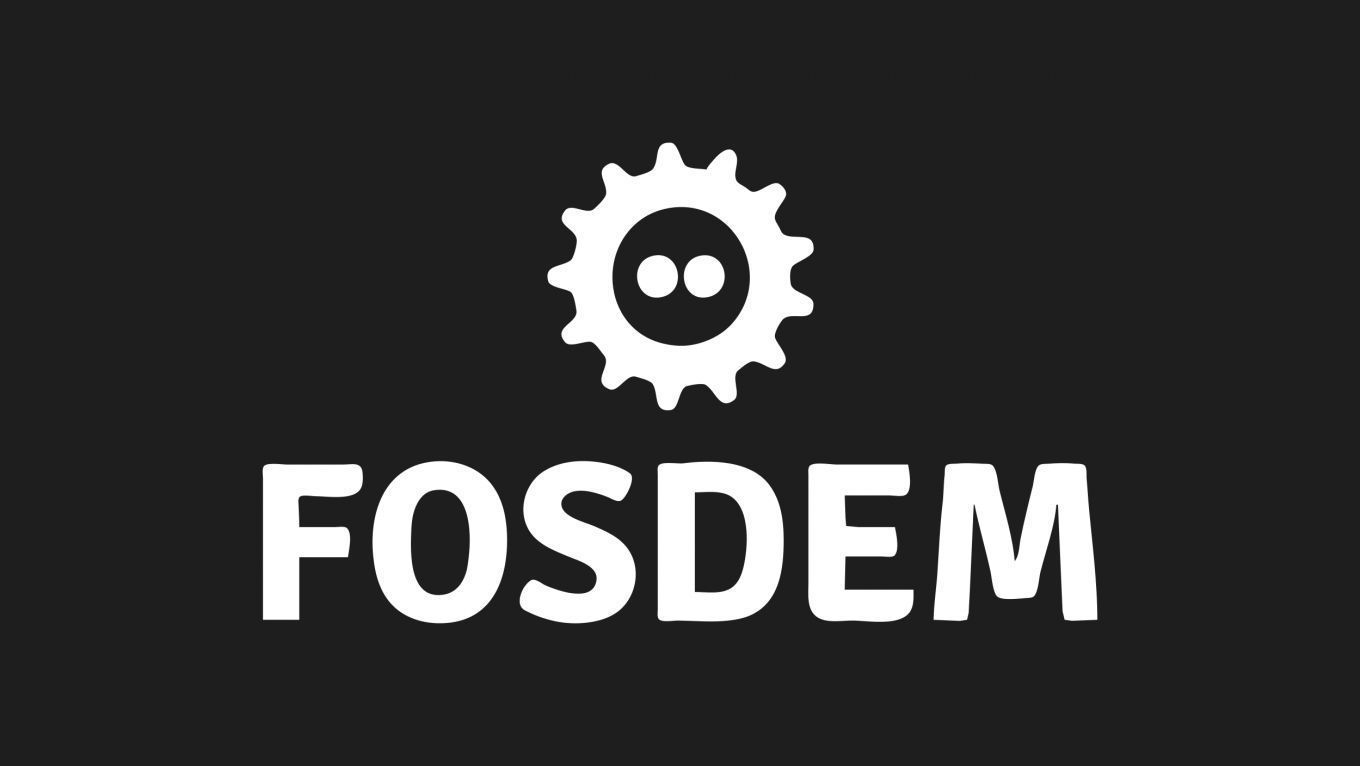FOSS on Mobile Devices
Porting mainline Linux to mobile phones
<p>A general overview of porting Linux to mobile phones, with a focus on Qualcomm. From the device tree to how you get started and why you should do it.</p>
Android phones have long been plagued by being based on old versions of the Linux kernel which are seldom patched against vulnerabilities and other security flaws. Additionally being based on old versions which are most of the time not being maintained by anyone anymore a vendor has to evaluate if a given patch applies to the old kernel version they are using or not and modify the patch if necessary. This problem has been somewhat mitigated by closer collaboration between SoC vendors and the Linux kernel community (LTS kernels) but this only applies to drivers and components that are actually present in the main branch of the Linux kernel. Drivers only present in vendor-maintained branches often get left out of security and general bug fixes.
Unfortunately for many companies there isn't a clear financial reason to clean up device drivers and submit them upstream, so in this talk I will give an introduction into how you can get started in making your device run a kernel that's based on mainline Linux.
Running alternative operating systems (other than Android) on your phone is in some cases possible with the kernel provided by the vendor but in these cases you need to rely on solutions like libhybris to work with proprietary user space binaries and libraries to make hardware work. Running 100% open source software while using a vendor-provided kernel ("downstream kernel") is not feasible due to the sheer number of proprietary user space components that would need to be replaced. But with a mainline kernel you can get to a fully free and open source operating system for your phone. And this talk will give you can introduction to some of the basics in getting started with running mainline Linux kernel on your phone and some of the tips and tricks that I have learned over the years.
Additional information
| Type | devroom |
|---|
More sessions
| 2/5/22 |
<p>The reMarkable 2 is an eInk tablet, based on the i.MX7 SoC. The tablet ships with a fork of the 4.14 kernel and a custom rootFS built with OpenEmbedded. The vendor kernel is based on the NXP vendor kernel with a large collection of rM2 specific patches on top.</p> <p>This talk discusses the process of adding support for the rM2 to the mainline Linux kernel. The talk first discusses the process of understanding the original boot process and then getting access to a download mechanism and ...
|
| 2/5/22 |
<p>Nemomobile is operating system for mobile devices based on Manjaro Linux and Glacier UI. It mainly developed on PinePhone, but it could be runned also on android devices. The talk will summarize its current status and its direction in future.</p>
|
| 2/5/22 |
<p>I work with Purism SPC on the Librem 5 phone kernel. I regularly post what our team pushes upstream into the mainline kernel at https://puri.sm/posts/author/martin/</p> <p>In this little talk I want to summarize what we've done, describe how we do it and put it into perspective a bit.</p> <p>I'll outline rough future plans and of course encourage to participate in case you own that phone.</p>
|
| 2/5/22 |
<p>OpenMandriva and its predecessors have been in the desktop and server world since the 1990s - now OpenMandriva 4.3 can run on the PinePhone. What did we have to do to get there and what problems have to be solved before it can fully replace that Android phone in my pocket?</p>
|
| 2/5/22 |
<p>The Mobian project was initiated a few days prior to FOSDEM'20, back when the first PinePhones (BraveHeart edition) were arriving in the hands of developers and enthusiasts. From a single-person weekend project aimed at running Debian on one specific device, to one of the major mobile Linux distributions, let's board into a journey through the past, present and future of Mobian!</p>
|
| 2/5/22 |
<p>Most Kobo/Tolino readers offer a well marked console port and often a second UART. If they are not water resistant, they offer an internal µSD card slot containing the whole operating system and bootloader so that sounds like an invitation to do something interesting with them besides just reading books. Especially in prolonged outdoor activities, the display and their low power consumption have their merits. Hardware is quite similar, so you also have chances to get a replacement next ...
|
| 2/5/22 |
<p>Camera support has traditionally been a pain point when it comes to Linux phones.</p> <p>Years and years of competition on the photography capabilities of consumer devices have pushed vendors to adopt more and more custom, closed source implementations, leaving users of free software powered mobile devices with nothing but poor solutions limited to work on the single devices they have been developed for.</p> <p>With the increasing maturation of libcamera, a complete user space camera stack ...
|

